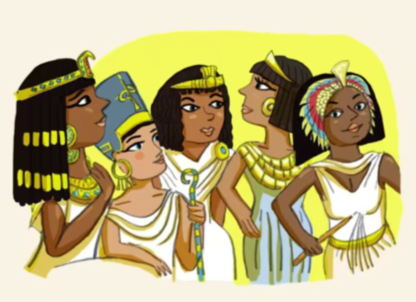Evolution and Impact of Wigs: Unraveling Trends

Introduction
Wigs have long been an attractive accessory in the world of fashion and beauty. From their historical significance to their contemporary versatility, wigs have played an integral role in shaping trends and self-expression. This article explores the evolution of wigs, their cultural significance, and the current hot topics surrounding wigs.
Historical Roots
The history of wigs goes back thousands of years to ancient civilizations. Egyptians used wigs to protect their heads from the scorching sun and to ward off parasites. In Europe, wigs became a symbol of wealth and stature in the 16th and 17th centuries. They were often decorated with elaborate ornaments and were favored by aristocrats to indicate their social status.
Cultural and Social Impact
Throughout history, wigs have also had cultural and social significance. In the 18th century, wigs were not only a fashion statement, but also a reflection of changing political and social dynamics. For example, Marie Antoinette’s extravagant wig reflected the excesses of the French aristocracy. In the African-American community, wigs and hairpieces played an important role in respecting the natural texture of hair and protecting it from damage caused by harsh styling methods.
A Modern Revival
The 20th century saw a resurgence in the popularity of wigs. Hollywood stars such as Marilyn Monroe and Audrey Hepburn popularized the gorgeous image of wigs. However, it wasn’t until the 21st century that the wig regained its status as a mainstream fashion accessory. Influencers, celebrities and artists have started incorporating wigs into their looks, sparking a new wave of wig lovers.
Hot Topics in Wig Culture
Versatility and Self-Expression: Wigs are now highly valued for their versatility and can be worn in a variety of hair colors, styles and lengths without the promise of permanent alterations. You can try This adaptability has allowed people to express themselves creatively and confidently.
Natural vs. Synthetic: The debate between natural and synthetic wigs continues to intrigue consumers. Natural wigs look more realistic and can be styled like real hair, while synthetic wigs often require less maintenance and come in a wide range of colors and styles.
Wigs as Self-Determination: Wearing wigs is no longer just a matter of beauty. It also has to do with empowerment. People who suffer from hair loss due to medical conditions or treatments find solace in quality wigs that help maintain their confidence and self-esteem.
Sustainability: With the growing awareness of environmental issues, the debate about sustainable wig production is emerging. Ethically sourced hair and materials and responsible manufacturing practices are becoming increasingly important to consumers.
Wigs in Pop Culture: Wigs have become a staple of pop culture, from music videos to movies and TV shows. Wig’s iconic moment has become an unforgettable part of entertainment history, sparking conversations about creativity and visual storytelling.
The history of the wig from ancient times to the present demonstrates its enduring fascination and cultural relevance. Whether for fashion, self-expression or empowerment, wigs have evolved to meet society’s ever-changing demands. As technology advances and social values change, the world of wigs will undoubtedly evolve and continue to be a dynamic and influential aspect of the world.